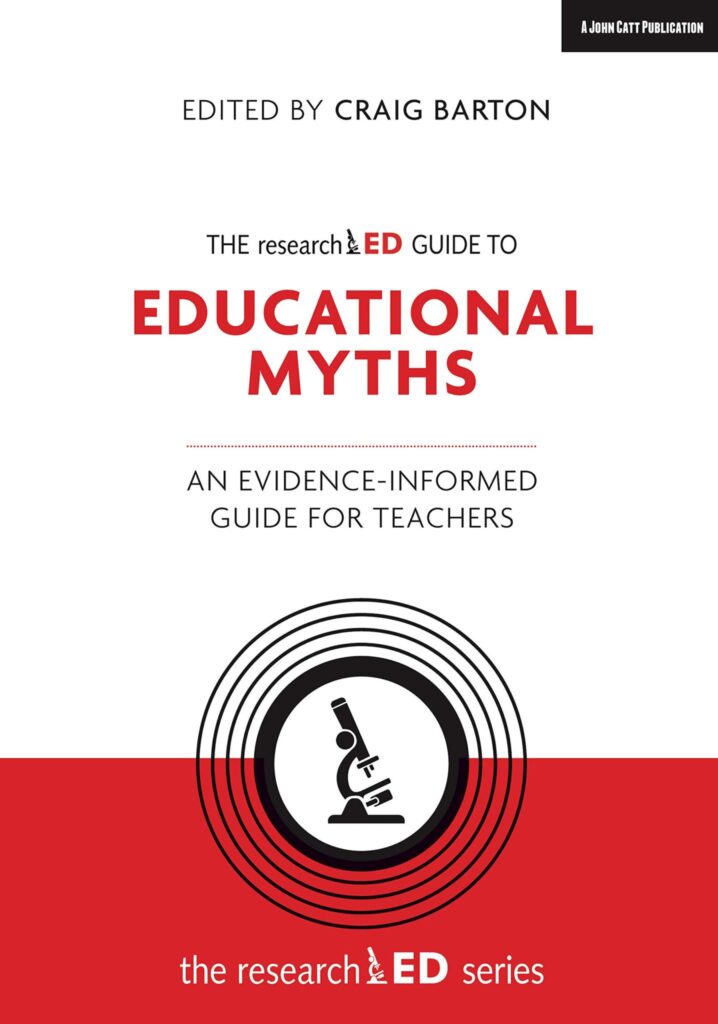
- Title: Deployment of Teaching Assistants
- Authors: EEF
- Access the original paper here
- Listen to a deep-dive podcast:
Paper summary
This guidance report from the Education Endowment Foundation (EEF) offers comprehensive recommendations for optimizing the deployment of teaching assistants (TAs) in mainstream schools. It emphasizes that TAs should supplement, rather than replace, direct teacher instruction, particularly for students needing extra support, including those with special educational needs and disabilities (SEND). The document outlines five key recommendations: ensuring TAs facilitate access to high-quality teaching, promoting student independence through scaffolding, effectively delivering evidence-based interventions, preparing and training staff for TA deployment, and engaging all staff in the implementation process. The report stresses the importance of clear roles, professional development, and strategic leadership to maximize TA impact, ultimately aiming to improve student outcomes.
If teachers are to remember one thing from this study, it should be…
Teachers should remember that Teaching Assistants (TAs) are there to supplement, not replace, the teacher. Teachers must retain responsibility for all pupils, ensuring those who struggle most spend ample time with the teacher.
*** Paper deep dive ***
Define the key technical terms used in the paper
Metacognition and Self-regulated Learning: Refer to how pupils monitor and direct their own learning, and their awareness of strengths, weaknesses, and behavior to engage effectively.
Teaching Assistants (TAs): Paraprofessionals covering roles like learning support assistants, classroom assistants, and higher-level TAs, crucial for supporting pupils, especially those with additional needs.
Scaffolding: A type of temporary cognitive support removed as a pupil gains independence, helping them apply strategies and complete tasks.
Structured Interventions: Well-chosen, evidence-based programs delivered by TAs, often to small groups outside the classroom, with clear objectives to supplement high-quality teaching.
What are the characteristics of the participants in the study?
The “study” (guidance report) involved diverse participants, including researchers, practitioners, and an expert advisory panel who provided support and feedback. These included professors, school leaders (headteachers, SENCos), teachers, and teaching assistants (TAs), whose insights and experiences informed the recommendations.
What does this paper add to the current field of research?
This guidance report updates previous recommendations on Teaching Assistant (TA) deployment with a new review of 52 studies and expert consultation. It synthesizes recent evidence to provide actionable insights for leaders and teachers on how to effectively deploy TAs to supplement, not replace, the teacher, aiming to improve pupil outcomes through high-quality teaching and structured interventions.
What are the key implications for teachers in the classroom?
Based on the guidance report, the deployment of teaching assistants has several key implications for teachers in the classroom:
- Teachers retain primary responsibility for the learning of all pupils, especially low-prior-attaining pupils and pupils with SEND. This means that even when TAs are providing support, the teacher remains accountable for the progress of every student in their class.
- Teachers need to work collaboratively with TAs to ensure access to high-quality teaching for all pupils. This requires a strategic approach to classroom organisation that prioritises teamwork and ongoing communication.
- Teachers and TAs must have clear and complementary roles within the classroom to support high-quality teaching. Teachers need to establish a shared understanding with TAs about their respective roles in supporting pupil progress.
- Teachers should provide TAs with the necessary information and resources to effectively support learning. This includes sharing lesson plans, key vocabulary, prompt questions, and modelled examples. If TAs are supporting specific pupils, teachers should provide information about these pupils and how to best support them.
- Teachers should work with TAs to ensure that TAs supplement, not replace, the teacher. Pupils who struggle most should spend at least as much time with the teacher as other pupils, if not more.
- Teachers can utilise TAs to improve access to high-quality teaching for all pupils in various ways, such as TAs circulating to identify pupils needing extra help, supervising peer learning activities, or overseeing one group while the teacher works with another.
- When TAs deliver structured interventions, teachers need to ensure these interventions are linked to classroom learning. Teachers should have clear oversight of out-of-class interventions and consolidate the learning in the classroom. They should also engage in ‘bridging’ practices with TAs to help pupils connect their learning.
- Teachers need to be aware of practices that might inhibit pupil learning when working with TAs, such as pupils becoming over-dependent on TA support or spending excessive time away from the classroom.
- Teachers should be trained to work effectively alongside TAs. Professional development for teachers can include training in curriculum adaptation, using different strategies or interventions, and developing their understanding of pupil needs. This should empower teachers to retain responsibility for all learners, including those with SEND.
- Teachers and TAs should engage in live assessment to identify which pupils need further support. This ongoing assessment can inform how the teacher and TA adapt their support within the lesson.
- Teachers need to collaborate with TAs to prepare for lessons. Leaders should consider developing guidelines on how teachers and TAs are expected to communicate and prepare.
- Teachers should work with TAs to develop pupils’ independence through effective scaffolding techniques, gradually reducing support as pupils become more confident.
In essence, the guidance emphasizes that effective TA deployment requires teachers to be strategic in how they work with TAs, ensuring that TAs enhance their ability to provide high-quality teaching to all students, rather than taking over the teacher’s core responsibilities.
Why might teachers exercise caution before applying these findings in their classroom?
Teachers should exercise caution because effective TA deployment is complex and context-specific, requiring school-wide strategic implementation rather than individual teacher action. The guidance is primarily for leaders, who must facilitate training and clarity for both teachers and TAs. Without proper preparation, there’s a risk TAs might unintentionally hinder pupil independence or replace teacher instruction, leading to negative outcomes or over-reliance.
Quote
TAs should supplement – not replace – the teacher. This means that pupils who struggle most should spend at least as much time with the teacher as other pupils, if not more.








